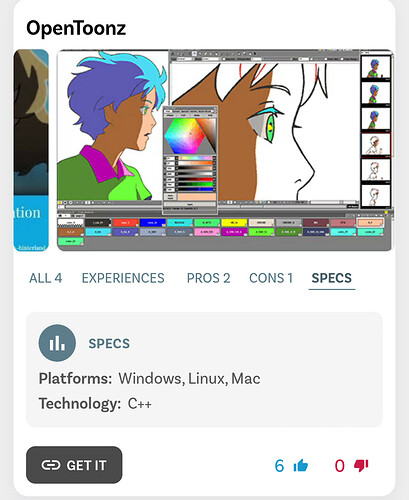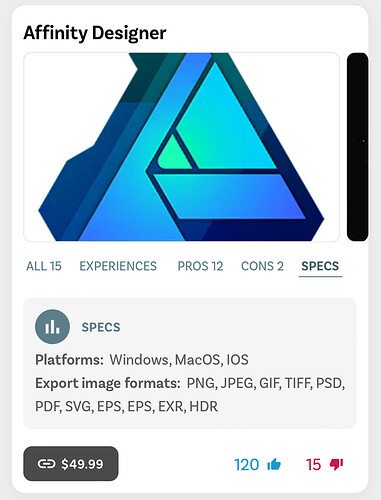I have tried to do some rendering in VMs based on Fedora and Debian templates and had some issues even with troubleshooting and ended up just rendering on Debian instead of trying to continue to troubleshoot.
Qubes is the most powerful Operating System that you can use. It is very new in some ways. Problems happen. It requires extra time for configuration.
In Qubes, everything you do is it’s own separate computer. If you get a connection from the Internet, that will be in it’s own computer before going to a firewall (in it’s own computer) and then going to Windows (it’s own computer). Each of these computers wants RAM.
If you are afraid of being hacked and need Qubes, you can do it with 16 GB or even 8 if you are okay with running out of ram all the time. If you are editing Videos and using Windows, you will struggle with 16.
A typical setup:
Dom0 4 GB of RAM
USB Qube 1 GB RAM
Net 1 GB of RAM
Firewall 1 GB of RAM
Whonix 4 GB of RAM
11 GB of RAM can be loaded with the system not doing anything.
You can run Windows with 4 GB of RAM in such a configuration. It’s not what you want.
You really need an extra 16 GB of RAM to give Windows 16 GB and the rest of the system 16 GB.
Qubes is a wonderful OS but it is time-consuming and resource intensive. The programs you run in Windows could have errors they may not in Windows not run in Qubes.
There are Linux-based OSes that work well with graphic design and are not Qubes. You can also run Virtual Box or gnome-boxes in another distribution like Debian, Fedora, PopOS, or Mint to run Windows and you may have fewer technical challenges. It is much easier to do this than running Qubes. Pop OS and Mint are well known for working easily. Parrot allows you to send everything through Tor with a button click and works well.
Is there a reason you want Qubes? Do you love computers and technology? Do you want the best? Are you afraid of being hacked or want to compartmentalize your life? Do you need access to extremely powerful networking configurations that are difficult to do in a normal Linux system?
Qubes is the best out there, nothing is as good, but it requires time to configure. It’s not easy. I hope you end up using it, because nothing is as good, but graphical applications and video or audio applications or playing games is one of those use cases in which you are more likely to run into technical challenges that are not easy.
If you are at risk of being hacked, find a way to run Qubes. Everything is easier and you can clone an entire computer in a minute and delete an infected computer in 10 seconds.


